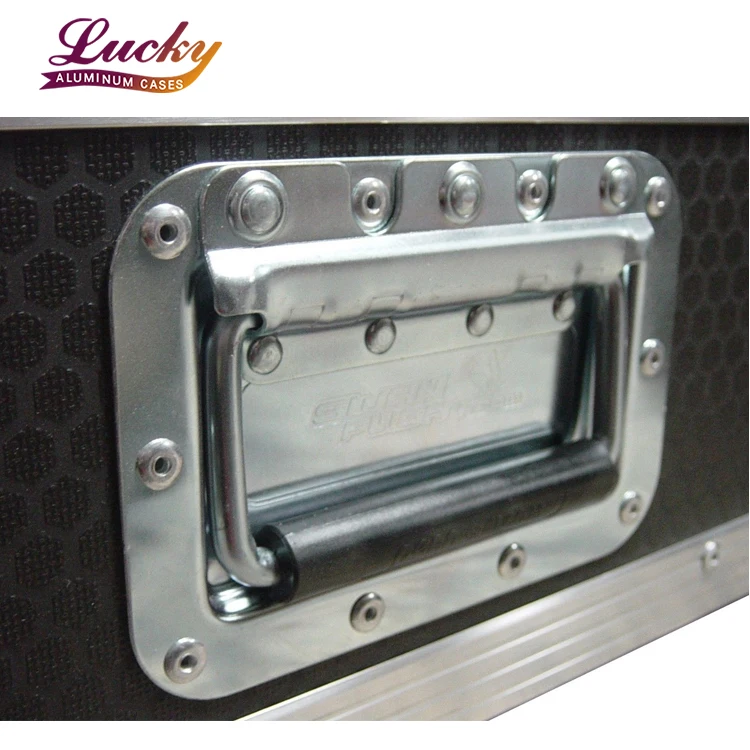

But pushing for an AVT150H doesn't sound like a bad idea at all.Ĭould you suggest any other affordable full tube amps that can compete? I'll probably try them out as well. I tried out a number of DSLs, TSLs, Mesa Dual Recs and other stuff that made me shit my pants, but those are well out of my price range. But with my standards, that looks like that won't be the case. I was thinking of getting a cab and a head for a total of 1200$. So, the 150 watt AVT might be a pretty good option for you, if you like the features that it has got and if you like how it sounds.īut, consider how much you are paying for it and look around, there may be something else (full tube) around for a similar price.

So you don't have to turn it up all the way in order to be loud enough.įor example, it is better to have a 150watt SS amp and only have it on half way than it is to have a 50 watt SS amp and need to turn it up full. But that is why youd buy a solid state amp with more watts than you'll ever need. Solid state amps do suffer at high volumes. Those hybrid amps with the single preamp tube in the amps input stages really are a long shot from the real advantages of a full tube amp.Īs it is the tube poweramp section that the good sounding stuff comes from. Overall rating 9.Unfortunatelly much of the talk of them sucessfully emulating a tube amps is advertising hype. Obviously there are several different forms of this bass available, so the type of neck and body material does vary, so that is mainly down to ones own preference, however, if you feel that the American standard is too pricey, try a Fender Jazz Highway one bass, providing it is American made, as with any other jazz bass (usually Mexican or Japanese) they lack quite a lot of the quality features in their tone, and as a result, have a low resell value, whilst with the American models you will get roughly what you paid for in the first place. Some examples of artists that use this bass are Geddy Lee - Rush, Chris Wolstenholme - Muse, Mike Dirnt - Greenday. The bass in general is reliable as you would suppose that when you are paying £1000+ they are made to last, which is exactly what they do, however if you are buying an older vintage model (so 70s and earlier) watch out for the action as they slip over long periods of time on these basses, however are easily fixed, in addition watch out for the vintage tuners/pegs, as these can grow old with fair usage and slip, and you could find yourself tuning your bass on stage every five minutes, but once again, these can be replaced, but this is dependant on how you feel with the "vintage" idea. The Bass has a great action, which is ideal for those who are into complex bass sections and difficult bass solos, as it allows a wide sense of freedom around the frets.

The tone of the middle creates a nice mellow sound, which works well in a jazz/blues context, however, by cranking up the bass and treble one can easily get a typical Rock/Punk/Funk sound that they desire. Despite the fact it is branded as a "jazz bass" the general feel by most artists is that it is a multipurpose built bass, and in certain cases artists have used the fender jazz in preference over the world famous Rickenbacker, due to they feel that although the tone quality is completely different, the tone of the Jazz bass is unique within its own way, and is lighter on the fingers. Having used this as my main bass for many years now, both on stage and for practice/rehearsal purposes, I feel that the tone and satisfaction of the bass is almost impeccable.


 0 kommentar(er)
0 kommentar(er)
